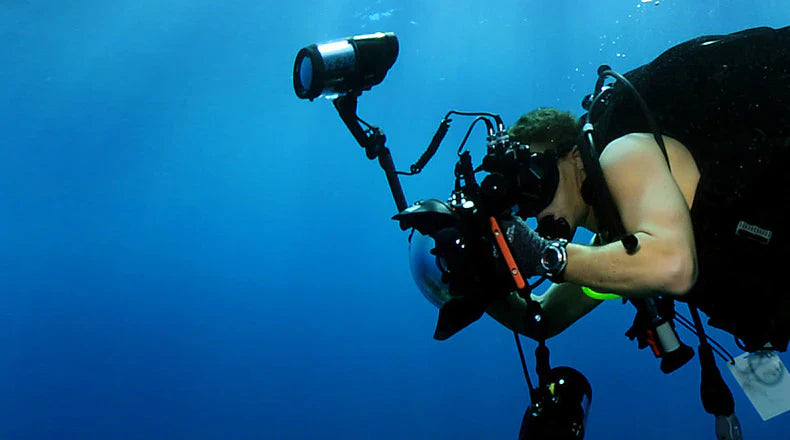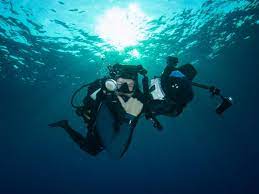
How to Maintain a Mini Scuba Tank 4 Essential Care Tips
To maintain a mini scuba tank, check its pressure gauge monthly to ensure it holds 3,000–3,500 PSI when full, rinse with fresh water after use, dry thoroughly for at least 24 hours to prevent rust,...

How to store a mini scuba tank 4 long-term preservation tips
To preserve a mini scuba tank long-term, rinse it with freshwater to remove salt/debris, then air-dry fully (avoid sunlight) in a cool, dry spot (10-25°C); keep pressurized to at least 50 bar to bl...

How to use a mini tank for underwater photography 5 tips
To master mini tank underwater photography, prioritize 3-5 meter shallow dives (ideal for color retention and pressure safety); use a 20-30 minute battery (common in compact setups) and attach a cl...

How to diagnose problems with a mini tank 5 common issues
To diagnose mini tank issues, start by testing water weekly—use liquid kits for pH (ideal 6.5-7.5) and ammonia (keep <0.25ppm). A filter with reduced flow (below 80% normal) signals clogged medi...

Mini scuba tank for snorkeling upgrade: 5 setup steps
To upgrade your snorkeling mini scuba tank, first pick a 0.5L aluminum cylinder (lightweight, 1.2kg empty) with a 100-200 bar working pressure; next, attach a 2mm O-ring to the regulator port to se...

Mini scuba tank for emergency use: 5 preparedness steps
For mini scuba tank emergency prep: First, check pressure monthly (full = 3,000 psi, safe minimum = 500 psi); second, practice regulator attachment until fluent; third, service annually by a pro; f...